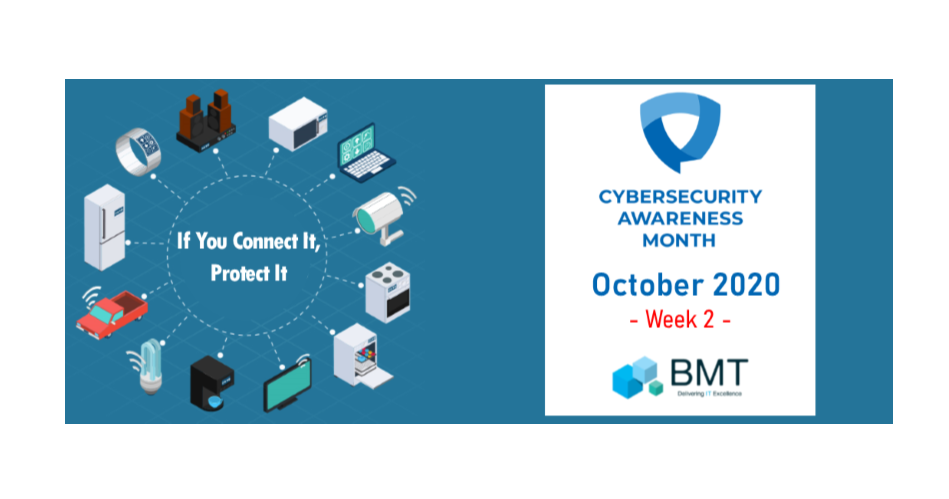

information systems and also for collecting foreign intelligence. The National Security Agency (NSA) is responsible for the protection of U.S. However, in February 1995, Netscape launched the Version 2.0. These weaknesses included replay attacks and a vulnerability that allowed hackers to alter unencrypted communications sent by users. Netscape had SSL version 1.0 ready in 1994, but it was never released to the public due to many serious security vulnerabilities. In 1993, Netscape started developing the protocol SSL, shortly after the National Center for Supercomputing Applications (NCSA) launched Mosaic 1.0, the first web browser, in 1993. It gained significant mainstream media attention. In 1988, one of the first computer worms, called the Morris worm, was distributed via the Internet. He was convicted of espionage (along with two co-conspirators) on.

The group was led by Markus Hess, who was arrested on 29 June 1987. The group hacked into American defense contractors, universities, and military bases' networks and sold gathered information to the Soviet KGB. It was created by Ray Tomlinson to move across the ARPANET and delete the Creeper worm.īetween September 1986 and June 1987, a group of German hackers performed the first documented case of cyber espionage. In 1972, the first anti-virus software was created, called Reaper. It is considered the first computer worm. Creeper was an experimental computer program written by Bob Thomas at BBN. By the second half of the 1970s, established computer firms like IBM started offering commercial access control systems and computer security software products. Although malware and network breaches existed during the early years, they did not use them for financial gain. Most often, threats came from malicious insiders who gained unauthorized access to sensitive documents and files. However, in the 1970s and 1980s there were no grave computer threats because computers and the internet were still developing, and security threats were easily identifiable.
While still relevant, many more elaborate frameworks have since been proposed. Ī 1977 NIST publication introduced the "CIA triad" of Confidentiality, Integrity, and Availability as a clear and simple way to describe key security goals. Ware's work straddled the intersection of material, cultural, political, and social concerns. The April 1967 session organized by Willis Ware at the Spring Joint Computer Conference, and the later publication of the Ware Report, were foundational moments in the history of the field of computer security. After the spread of viruses in the 1990s, the 2000s marked the institutionalization of cyber threats and cybersecurity. In the 1970s and 1980s, computer security was mainly limited to academia until the conception of the Internet, where, with increased connectivity, computer viruses and network intrusions began to take off. Cybersecurity and cyber threats have been consistently present for the last 50 years of technological change.
#Cybersecurity software categories professional
Since the Internet's arrival and with the digital transformation initiated in recent years, the notion of cybersecurity has become a familiar subject in both our professional and personal lives.
#Cybersecurity software categories Bluetooth
The field has become of significance due to the expanded reliance on computer systems, the Internet, and wireless network standards such as Bluetooth and Wi-Fi, and due to the growth of smart devices, including smartphones, televisions, and the various devices that constitute the Internet of things (IoT). While most aspects of computer security involve digital measures such as electronic passwords and encryption, physical security measures such as metal locks are still used to prevent unauthorized tampering.Ĭomputer security, cybersecurity ( cyber security), or information technology security ( IT security) is the protection of computer systems and networks from information disclosure, theft of, or damage to their hardware, software, or electronic data, as well as from the disruption or misdirection of the services they provide. Security information and event management (SIEM).Host-based intrusion detection system (HIDS).


 0 kommentar(er)
0 kommentar(er)
